No-Holds-Barred: How Chris Creates an Athletic Workout Program
Look… I want to do something I’ve never done before… I’m going to share, in detail, how I create an athletic workout program.
I’m doing this in hopes that YOU can create one for yourself…
Or, you can create one for your athletes and change their lives.

And, before I share these closely held details below, I want to give you a fair warning. This stuff is a lot simpler than other Instagram and YouTube coaches make it out to be, so you may be shocked. But, in my experience, performing fundamentals at a high level has made a huge difference with every athlete that has stepped through the gym doors.
That said, let’s get into it.
1. Pre-Hab/Corrective Stretches
The first step in creating an athletic workout program is selecting your Pre-hab movements and corrective stretches.

Pre-hab movements are mobilization and activation exercise that are done before a workout to prime the muscles, increase performance, and prevent injury, hence the name.
The pre-hab movements and corrective stretches you select depend on your needs, and the needs for the day.
For example, if it’s a lower body day, you’ll want to select movements that prime the muscles of the lower extremities and stretch common problem areas like the hips and groin.
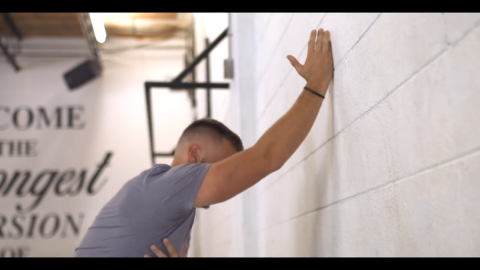
You’ll also take time to address your own imbalances in this portion of your athletic workout.
2. Integration
This portion of the workout is intended to warm-up the nervous system.
You’ll do this by performing integrated movements such as a lunge with a twist, or a bird dog push-up.
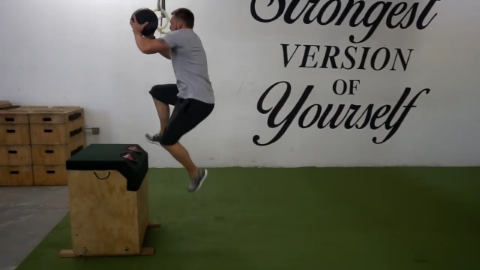
This gets the nervous system fired up and ready to perform by activating both halves of the brain, among other things.
3. Speed/Power
Before I get into this portion of the athletic workout program, I wanted to note that from this portion of the workout on, the workout will be organized in order of highest neurological demand. This means that the higher the demand from the nervous system, the earlier in the workout we’ll work on it…
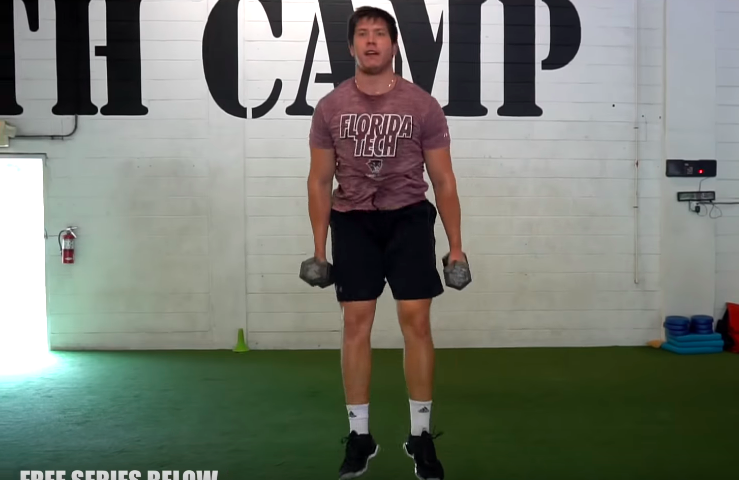
Which leads me right into the speed/power portion.
Here, you’ll perform your box jumps, falling starts, 10 yard starts, and tuck jumps.
These are powerful, explosive movements that should be done with quality, rather than a lot of reps.
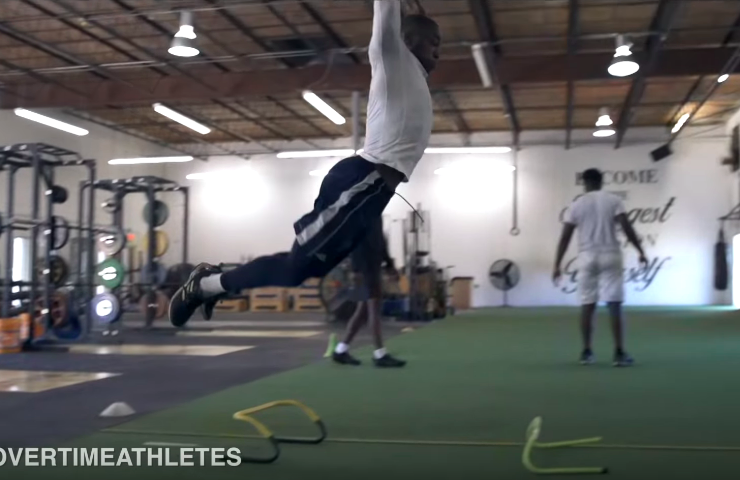
Because we want quality, and because they are the require the most from your nervous system, you’ll perform movements that fall into this category first.
4. Strength
Don’t get me wrong, strength exercises are high neurological demand. However, because they’re slower movements, and low impact, they’re second to power and speed movements.
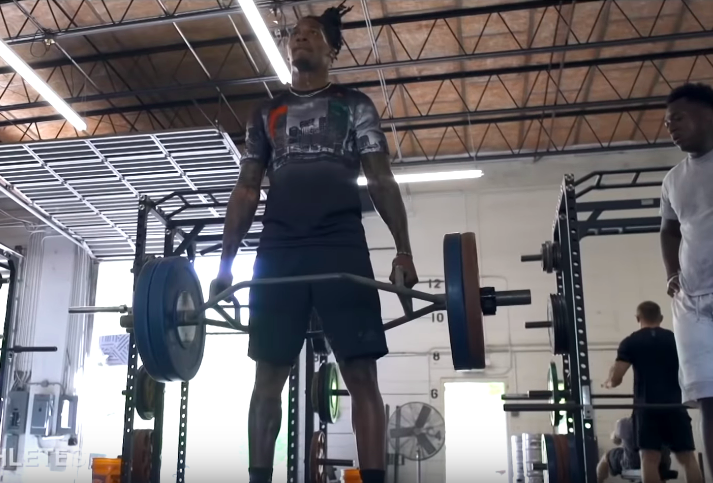
In this strength portion, you’ll perform your trap bar deadlifts, squats, bench press, and landmine press.
This includes all the variations that go along with those movements.

The key here is to develop athletic strength, strength that turns into power. This means accounting for things like the stretch-shortening cycle, motor unit recruitment, and synchronization. To find out more about those topics, click the words I linked above.
5. Auxiliaries
The final portion of your athletic workout program consists of goal-specific exercises that you’re going to grind through.
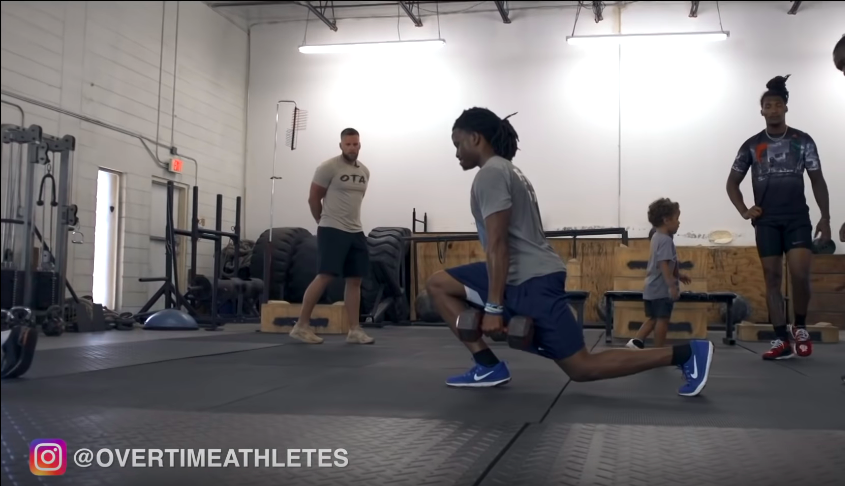
If you want to gain muscle, you’ll use this phase for hypertrophy.
If you’re an athlete, you’ll perform sport-specific movements that will enhance your performance on your field of play.

Conclusion
This is just a blueprint. Once you get the hang of this blueprint, you’ll be able to plug-in and pull out any movements that are specific to your goals. Again, this is basic, but highly effective for every level of experience, from pop-warner to pro.
Hope this helps you.
